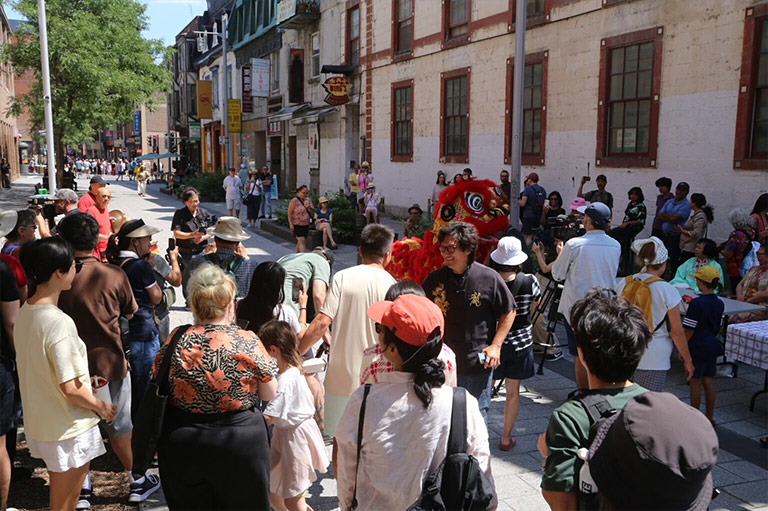Canada's Chinatowns

Why it matters
Canada’s Chinatowns are not museums, they are vibrant communities bringing together people, culture, histories, and practice in richly layered urban heritage areas. But this living heritage is at risk of loss if concerted action isn’t taken. Founded on what was once “undesirable land,” today most of Canada’s Chinatowns sit on some of the most expensive real estate in urban cores and have become targets of land grabbing and speculation. In addition, gentrification has brought rising commercial rents to many Chinatowns (for example Vancouver (EPL 2016), Victoria, and Calgary) and this has driven out legacy businesses, and led to higher housing costs that have displaced traditional communities.
With 7 uniquely curated newsletters to choose from, we have something for everyone.
Why it’s endangered
Montreal’s Chinatown, for example, was threatened in 2020 by massive new condo developments, leading to a public campaign to protect the area, which ultimately culminating in provincial and municipal heritage designations in 2022. While the physical fabric of Montreal’s Chinatown is now more secure, the intangible cultural heritage and web of relationships that animate the area remain at risk, a threat common to most North American Chinatowns. Other Canadian Chinatowns, like Lethbridge, Alberta are on the brink of physical erasure with just one building remaining, after a series of recent fires and demolitions. Beyond their obvious significance in the history of people of Chinese ancestry in Canada, Chinatowns historically have also played a critical role as places of sanctuary and sites of belonging for many marginalized groups. They are among the last-surviving ethnic enclaves in many cities and are often a stand-in for other marginalized communities that have been wiped off the map.
Groups like the Montreal-based JIA Foundation have been providing leadership on the issues facing Canada’s Chinatowns, and documentary films like Big Fight in Little Chinatown (2022) are helping to spotlight the urgency of the situation and galvanize action, but more needs to be done to safeguard and revitalize the precious and increasingly precarious intangible cultural heritage of these vital urban communities.
Advertisement
Canada's Top 10 Endangered Places List 2024
Advertisement
Themes associated with this article
Advertisement












